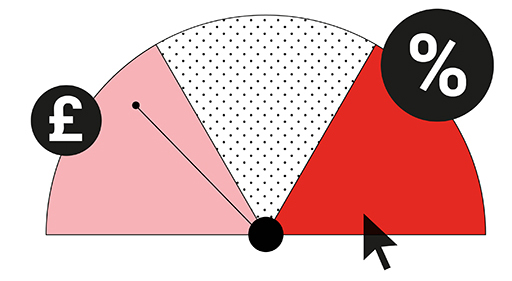6 Managing your borrowing
Keeping on top of the cost of borrowing can give you more capacity to spend on other things or save. Let’s look at some strategies to help you do this.
Using credit cards is fine if you can afford to pay off the bills in full (and on time) each month. If you don’t do this credit cards are an expensive way to borrow money. If you can’t pay off the full balance then try to pay off more than just the minimum required to reduce the amount of interest added to your account.
Some credit cards periodically offer 0% rates for set periods to encourage you to sign up. If you do take up these offers do make sure that you have a plan to repay the balance in full before, or when, the offer period comes to an end.
And try to avoid overuse of ‘buy-now-pay-later’ (BNPL) products as too many can be costly.
If you’re struggling to repay a debt do get in touch with the organisation you owe money to. They might be able to help make your repayments more manageable. If you’re feeling under pressure financially you may also find the Citizens Advice can help and check that you’re claiming the support you’re entitled to. There’s more information at the end of this session.
For good money management prioritise repaying any high interest borrowing as soon as possible.
Another option could be to restructure expensive debts with cheaper forms of borrowing. Could you get a bank loan instead with a lower interest rate? You may find third-party overdraft apps are cheaper than bank overdrafts. Check out the APR – ‘Annual Percentage Rate’ of interest on all your forms of borrowing.
If you have savings you could use these to at least start reducing the borrowing as the interest earned on savings is dwarfed by that you pay on lending. If you are able to do this you should ideally still leave yourself that rainy-day fund to cover emergencies.
If you have surplus savings you may also want to consider using this money to reduce your mortgage balance – but only do this if you have cleared higher interest debts as mortgages are usually the cheapest way you can borrow money. If you do want to use your savings to reduce your mortgage check first if there are penalties for such additional payments and how far these offset the expected reduction in mortgage payments.
And one final tip - make sure that the term of any new loan does not exceed the expected life of the product you are buying with it. You don’t want to end up making repayments when you don’t have the item any more.
We look at this strategy of moving to cheaper sources of borrowing further in the next section.

